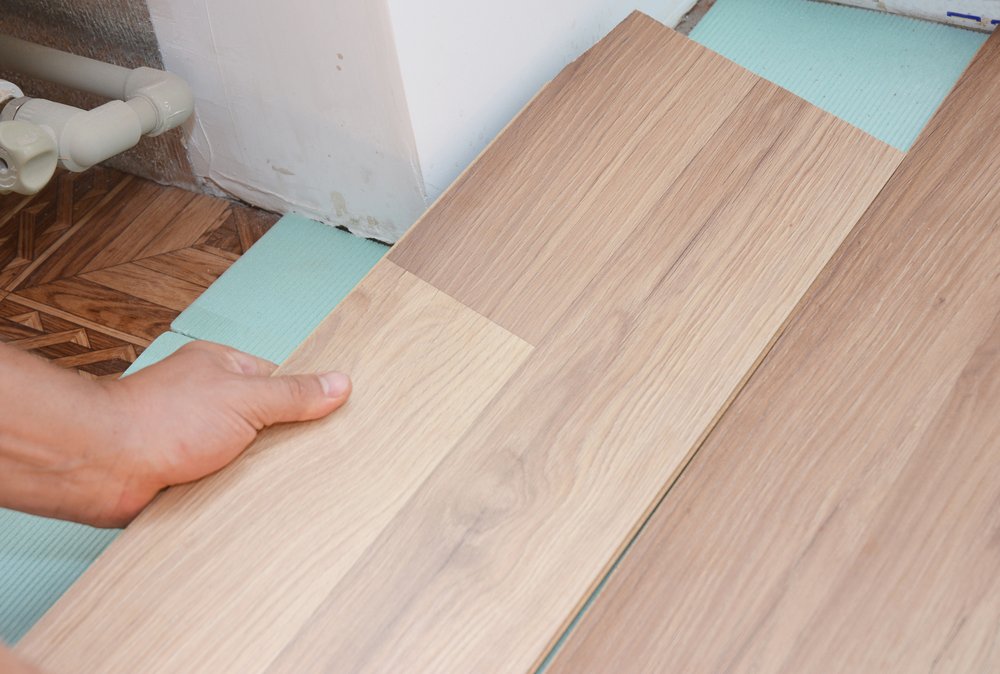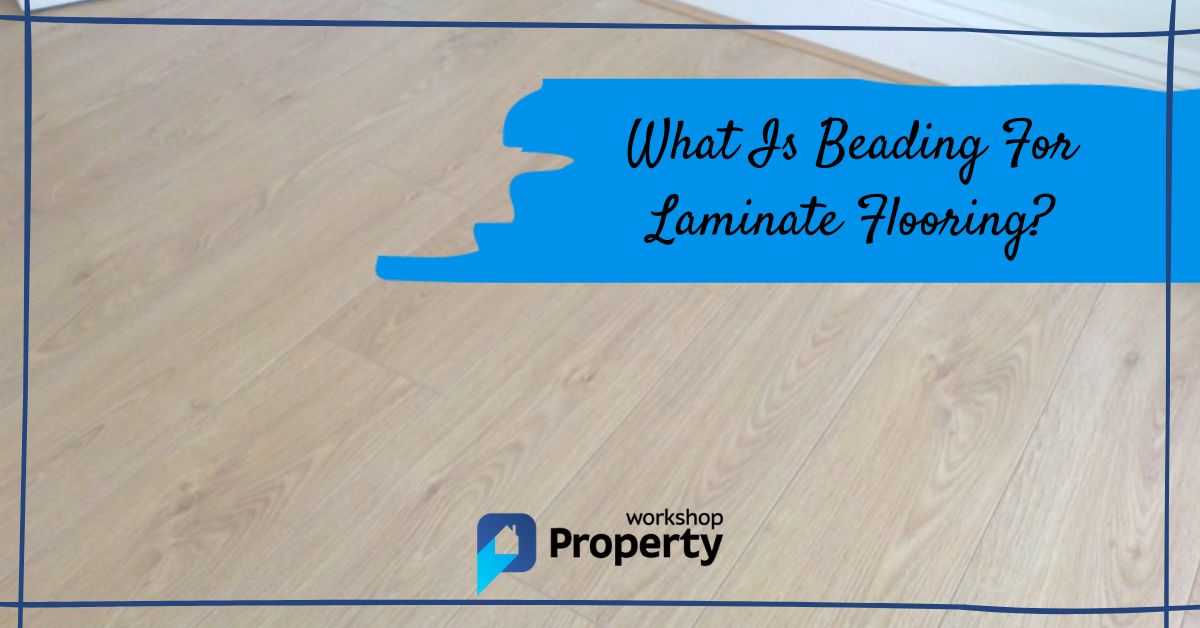When I first laid laminate flooring in my lounge, I was faced with a choice. Do I remove the skirting and butt the flooring up to the wall, or do I leave the skirting in place and use a beading to hide the rough edges?
I then had the problem of what to do around the radiator pipes. That’s when I realised there’s more to this than meets the eye.
So, what is beading for laminate flooring? Is skirting a better option? We answer these questions and more below.
What is Beading for Laminate Flooring?
Beading is a type of trim that hides the gap between laminate flooring and the wall or skirting. This gap is necessary to allow for expansion and to provide a bit of tolerance on the cut edges of the boarding.
Beading can be made from solid wood, MDF, or plastic. In this article, we’ll concentrate on wood-based beading.
Types of Beading
Beading comes in many shapes (profiles) and sizes.
Profiles
Typical profiles for beading include ogee, ovolo, and L-shaped, but quadrant and scotia are most common for use with laminate flooring.
Not all profiles are suitable for use with laminate flooring. For instance, you must fix flat softwood beading to the laminate, and while this may hide any unsightly edges, it doesn’t allow for laminate movement.
This Flooring Direct beading is a typical MDF Scotia bead with a coloured vinyl coating to match your flooring. You can also choose plain white.
Pro Tip: If you use uncoated softwood beading, it’s best to paint it the same colour as the skirting before you fix it.
The video below by Ultimate Handyman shows you how to fit a scotia beading, but the same applies to any beading profile.

Sizes
The optimum size for beading is 16mm x 16mm, which provides sufficient cover for the expansion gap and fixes to the skirting.
Pro Tip: Only fix the beading to the skirting, not the laminate. This allows for lateral movement of the laminate as the moisture content changes, causing it to expand and shrink.
Beading comes typically in 2.4m lengths, so you may have to join them for longer room lengths.
Pro Tip: If you have to join two lengths of beading, do so near the corners where it’s less noticeable. Also, use a scarf joint rather than a butt joint, as it’s more robust when glued and less likely to pull apart.
Skirting

If you already have skirting, you may find removing it in one piece difficult. This is especially tricky in older houses where the skirting is fixed with large nails every 6 inches. If you plan on tackling this challenging job yourself, check out our guide to removing laminate without removing skirting.
In newer homes, it might be possible to prise off the skirting without causing too much damage. Either way, you must consider the effort of doing this against the cost of fixing new beading to the skirting.
Do I Need a Skirting?
Skirting protects your wall from damage when cleaning the floor and provides a neat finish to your room.
For those with an exposed brick wall, skirting is often omitted. So, if you’re laying a new laminate floor, this is a great time to fix one, as you’ll eliminate the need for beading.
Final Thoughts
Most homeowners leave their skirting in place and use beading to hide the gap around the edges. However, this guide has discussed all potential options, helping you pick the best one for your home.
For tips on fitting laminate flooring, check out our guide on how to lay laminate flooring in an L-shaped hallway.
FAQ
Below are answers to frequently asked questions about laminate flooring beading.
What is beading on flooring?
Beading is a small profile wood strip that goes around the perimeter of the floor after laying laminate flooring. Its purpose is to hide the expansion gap that must be left to allow the laminate to move.
What do you put around the edge of laminate flooring?
When you lay laminate flooring, you must leave a gap of about 10mm to allow for laminate expansion. To cover this gap, use either skirting board or beading.
Beading is solid wood or MDF with a vinyl coating. Skirting also does the same job as beading, provided it’s thicker than the gap size.
If noise transmission is an issue, use a strip of compressible foam to fill the gap before fixing the skirting or beading.
How do you use laminate beading?
Laminate beading must be cut to the required length using a hacksaw and mitre block to form perfect internal or external angles. Other tools are also useful, but a hacksaw produces a neater finish.
Beading typically comes in lengths of 2.4m, so you’ll likely need to join pieces together. The best way to do this is by using a scarf joint. This joint entails cutting the abutting ends at 45⁰, then overlapping and glueing them together.
What is the difference between beading and scotia?
There is no difference. Scotia refers to the beading’s profile, a concave curve. Other profiles include ogee (a combination of concave and convex), ovolo (a stepped quarter-round section), quadrant, and L-shape.

